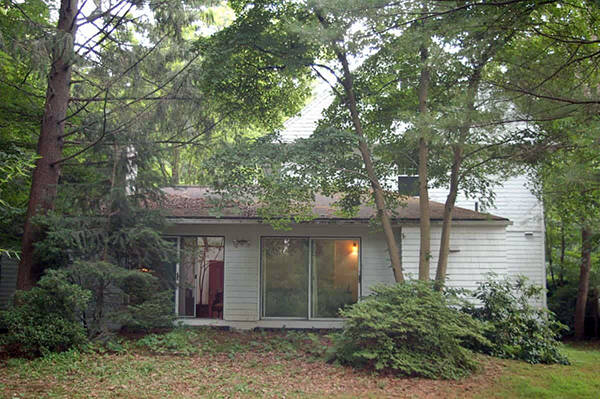From Clallam County Conservation District:
The snowpack in the Olympics is about average, which is good news for irrigators and fish for this summer. And, the past few weeks have been cooler and wetter than normal, reducing the wildfire risk.
While there’s never a bad time to work on minimizing your wildfire risk, this year it may be especially important due to COVID-19. Wildfire protection experts are anticipating extra challenges this summer because of the special precautions firefighters will have to take in order to reduce the risk of COVID-19 infection and spread. So now more than ever, homeowners need to take actions on their own to safeguard their property.
If you live in or adjacent to a wooded area, you should take special precautions to reduce your wildfire risk, beginning with an assessment of your home and property.
And lucky for us, Department of Natural Resources Wildland Fire and Forest Health Specialist Jordan Van Delden was recently assigned to the North Olympic Peninsula. Although Jordan anticipates being busy fighting fires this summer, he hopes to be available to help homeowners and communities work on wildfire preparedness come fall. Jordan can be reached by email at Jordan.vandelden@dnr.wa.gov or by phone at 509-899-0101.
Also, the DNR and WSU Extension have teamed up on some great online educational opportunities for small forest landowners, including a June 30 webinar on Western Washington wildfire.
No matter how fireproof you make your structure, risks remain. The following make your home more vulnerable to fire:
• Dead vegetation and debris around structures and under decks.
• Tree limbs that hang over the roof.
• Highly flammable plants, such as most evergreens trees, junipers, lavender and rosemary that are adjacent to structures.
• Tall grass around structures, woodpiles and propane tanks.
Make sure your home has safe and easy fire-service access, including the following:
• An address marker that is easily viewed from the road at night.
• Easy access for firefighting equipment, such as driveways and gates at least 12 feet wide with a 15-foot vertical clearance, a less than 5 percent slope.
• Adequate turnaround areas for firetrucks so they won’t get themselves and their equipment trapped if they venture down your driveway.
• Always be careful with fire and obey burn bans. And if possible, maintain an emergency water source. If you have an irrigation system, make sure it is operable even if you’ve turned it off in to conserve water; it may come in handy in case of fire.
• Lastly, prepare and practice a disaster plan with everyone in your home, including how to care of pets and livestock, and identification of at least two ways out of your neighborhood and a designated meeting place.
For more information on how to reduce your risk of wildfire disaster, visit firewise.org.


